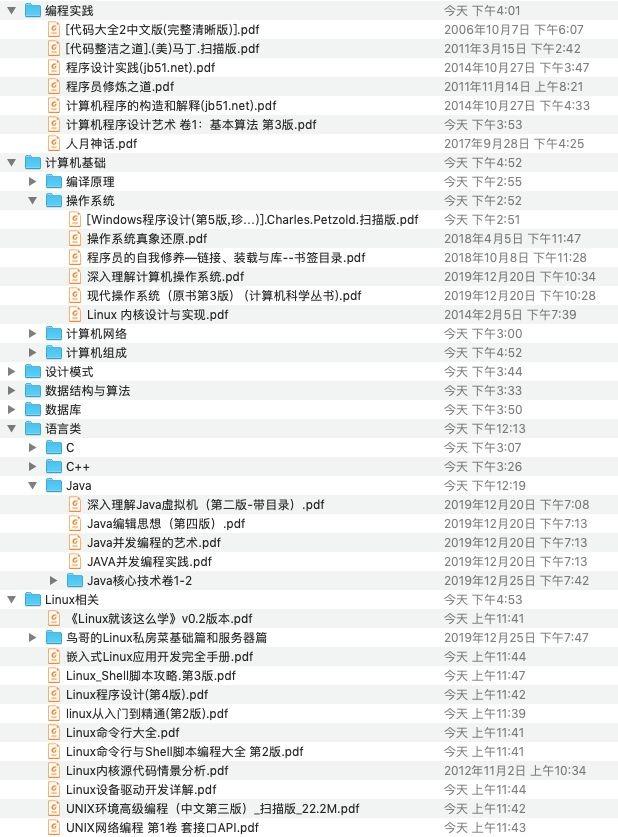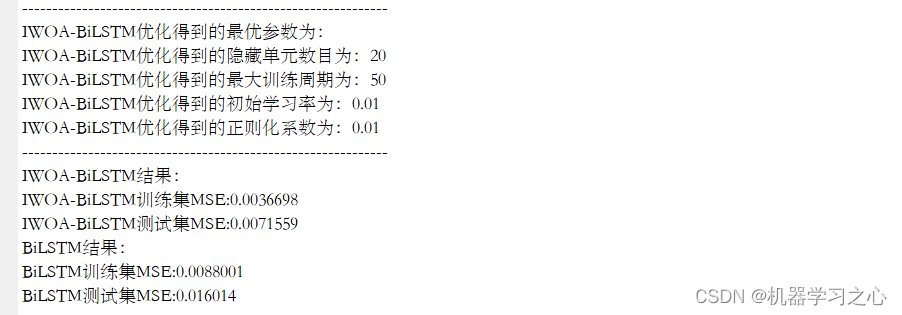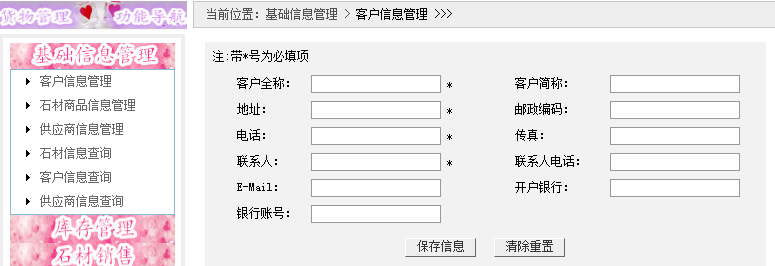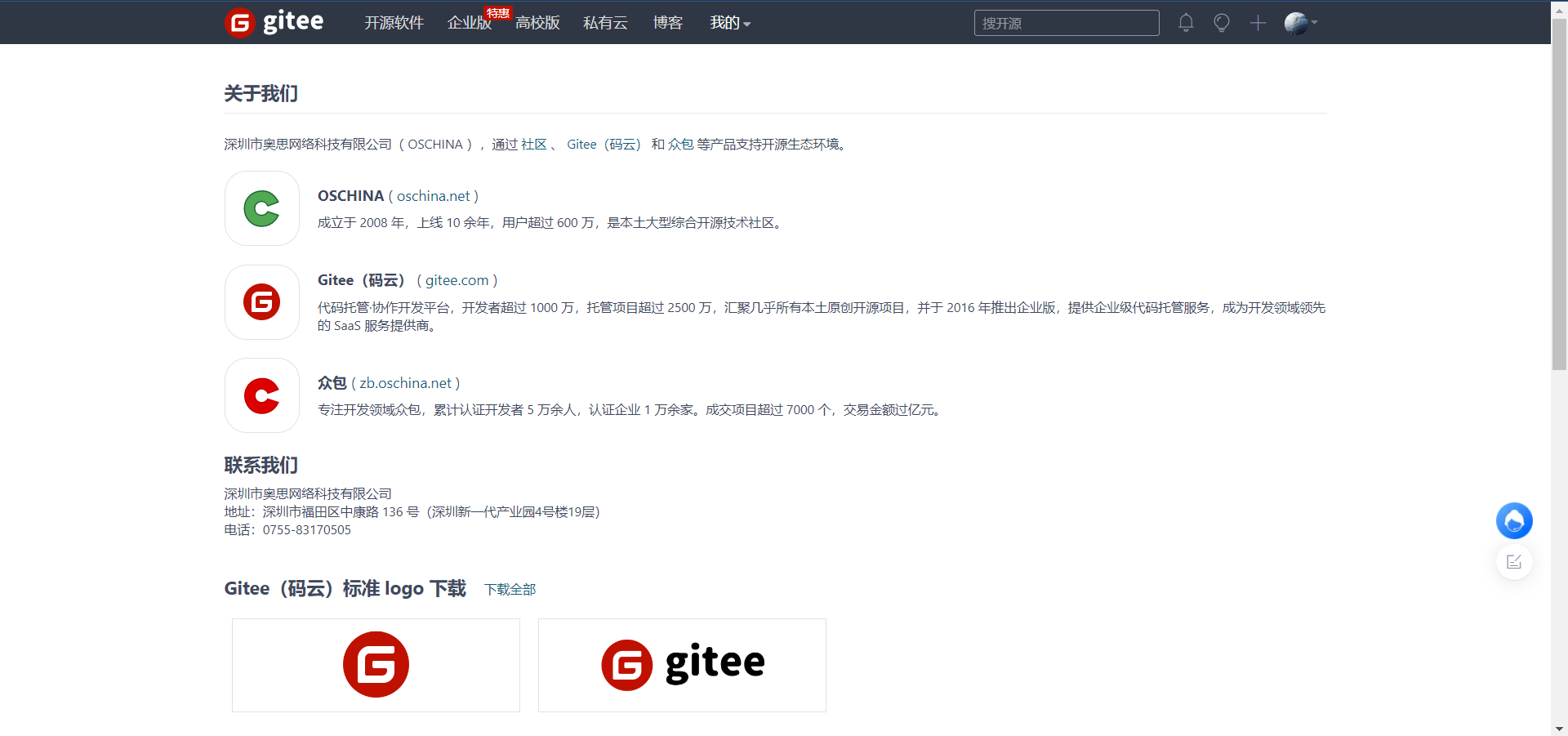DenseNet,全称为Densely Connected Convolutional Networks,中文名为密集连接卷积网络,是由李沐等人在2017年提出的一种深度神经网络架构。
DenseNet旨在解决深度神经网络中的梯度消失问题和参数数量过多的问题,通过构建密集连接的方式,使得网络能够更好地利用之前的特征,从而获得更好的性能。DenseNet的核心思想是:把网络中前面的层与后面的层进行连接,让前面的层的输出成为后面的层的输入。这样,整个卷积网络就变得非常紧凑,同时也避免了梯度消失的问题。
DenseNet的优点在于:参数少、计算速度快、准确率高。因此,DenseNet在图像识别、目标检测、图像分割等任务中都取得了很好的表现。
DenseNet是一种深度神经网络架构,它具有特殊的连接方式,可以有效地减少网络中的参数量,提高模型的准确性和稳定性。在图像分类任务中,DenseNet常常被使用。
在MATLAB中,可以使用深度学习工具箱来搭建和训练DenseNet模型。下面是一个简单的例子,展示如何使用深度学习工具箱来训练一个DenseNet模型进行CIFAR-10图像分类。
1. 准备数据
首先需要下载CIFAR-10数据集,可以使用MATLAB自带的数据集下载工具来获取数据集。
```MATLAB
cifar10Data = fullfile(tempdir, 'cifar-10-matlab');
if ~exist(cifar10Data, 'dir')
cifar10Data = fullfile(toolboxdir('vision'), 'visiondata', 'cifar10');
if ~exist(cifar10Data, 'dir')
mkdir(cifar10Data);
url = 'https://www.cs.toronto.edu/~kriz/cifar-10-matlab.tar.gz';
helperCIFAR10Data.download(url, cifar10Data);
end
end
```
2. 加载数据
使用 `imageDatastore` 函数将数据加载到MATLAB中。在此过程中,可以对图像进行增强处理,以提高模型的训练效果。
```MATLAB
% Load training and test data
[trainingImages, trainingLabels, testImages, testLabels] = helperCIFAR10Data.load(cifar10Data);
% Construct an imageDatastore object
trainingSet = imageDatastore(trainingImages, ...
'labels', trainingLabels, ...
'ReadFcn', @helperCIFAR10Data.readFunction);
testSet = imageDatastore(testImages, ...
'labels', testLabels, ...
'ReadFcn', @helperCIFAR10Data.readFunction);
% Prepare the data for training
inputSize = [32 32 3];
numClasses = 10;
% Apply data augmentation
augmentedTrainingSet = augmentedImageDatastore(inputSize, ...
trainingSet, ...
'ColorPreprocessing', 'gray2rgb', ...
'RandCropSize', [28 28], ...
'RandCropType', 'random', ...
'RandRotation', [-8 8], ...
'RandXReflection', true);
```
3. 构建DenseNet模型
使用 `densenet201` 函数从深度学习工具箱中加载DenseNet-201模型。
```MATLAB
net = densenet201;
```
可以使用 `analyzeNetwork` 函数来可视化模型架构。
```MATLAB
analyzeNetwork(net);
```
4. 训练模型
使用 `trainingOptions` 函数来配置训练选项。
```MATLAB
options = trainingOptions('sgdm', ...
'InitialLearnRate', 0.001, ...
'MaxEpochs', 50, ...
'MiniBatchSize', 128, ...
'VerboseFrequency', 50, ...
'Plots', 'training-progress');
```
使用 `trainNetwork` 函数来训练模型。
```MATLAB
trainedNet = trainNetwork(augmentedTrainingSet, net, options);
```
5. 测试模型
使用 `classify` 函数来进行分类。
```MATLAB
predictedLabels = classify(trainedNet, testSet);
accuracy = mean(predictedLabels == testSet.Labels)
```
6. 可视化结果
使用 `montage` 函数来可视化测试集中的前20张图像及其分类结果。
```MATLAB
numImages = 20;
idx = randsample(numel(testSet.Files), numImages);
figure
montage(testSet.Files(idx), 'Size', [4 5]);
title('Test Images');
predictedLabels = classify(trainedNet, testSet);
label = cellstr(predictedLabels);
label = strcat(label, ", ", cellstr(num2str(testSet.Labels)));
groundTruth = cellstr(label);
groundTruth = strcat("Ground Truth: ", groundTruth);
predicted = cellstr(predictedLabels);
predicted = strcat("Prediction: ", predicted);
for i = 1:numImages
text(i*32-25,32+10,groundTruth(idx(i)),'FontSize',8)
text(i*32-25,32+20,predicted(idx(i)),'FontSize',8)
end
```
完整代码如下:
```MATLAB
cifar10Data = fullfile(tempdir, 'cifar-10-matlab');
if ~exist(cifar10Data, 'dir')
cifar10Data = fullfile(toolboxdir('vision'), 'visiondata', 'cifar10');
if ~exist(cifar10Data, 'dir')
mkdir(cifar10Data);
url = 'https://www.cs.toronto.edu/~kriz/cifar-10-matlab.tar.gz';
helperCIFAR10Data.download(url, cifar10Data);
end
end
[trainingImages, trainingLabels, testImages, testLabels] = helperCIFAR10Data.load(cifar10Data);
% Construct an imageDatastore object
trainingSet = imageDatastore(trainingImages, ...
'labels', trainingLabels, ...
'ReadFcn', @helperCIFAR10Data.readFunction);
testSet = imageDatastore(testImages, ...
'labels', testLabels, ...
'ReadFcn', @helperCIFAR10Data.readFunction);
% Prepare the data for training
inputSize = [32 32 3];
numClasses = 10;
% Apply data augmentation
augmentedTrainingSet = augmentedImageDatastore(inputSize, ...
trainingSet, ...
'ColorPreprocessing', 'gray2rgb', ...
'RandCropSize', [28 28], ...
'RandCropType', 'random', ...
'RandRotation', [-8 8], ...
'RandXReflection', true);
% Load pre-trained DenseNet-201 network
net = densenet201;
% Configure training options
options = trainingOptions('sgdm', ...
'InitialLearnRate', 0.001, ...
'MaxEpochs', 50, ...
'MiniBatchSize', 128, ...
'VerboseFrequency', 50, ...
'Plots', 'training-progress');
% Train the network
trainedNet = trainNetwork(augmentedTrainingSet, net, options);
% Test the network
predictedLabels = classify(trainedNet, testSet);
accuracy = mean(predictedLabels == testSet.Labels)
% Visualize the results
numImages = 20;
idx = randsample(numel(testSet.Files), numImages);
figure
montage(testSet.Files(idx), 'Size', [4 5]);
title('Test Images');
predictedLabels = classify(trainedNet, testSet);
label = cellstr(predictedLabels);
label = strcat(label, ", ", cellstr(num2str(testSet.Labels)));
groundTruth = cellstr(label);
groundTruth = strcat("Ground Truth: ", groundTruth);
predicted = cellstr(predictedLabels);
predicted = strcat("Prediction: ", predicted);
for i = 1:numImages
text(i*32-25,32+10,groundTruth(idx(i)),'FontSize',8)
text(i*32-25,32+20,predicted(idx(i)),'FontSize',8)
end
```





